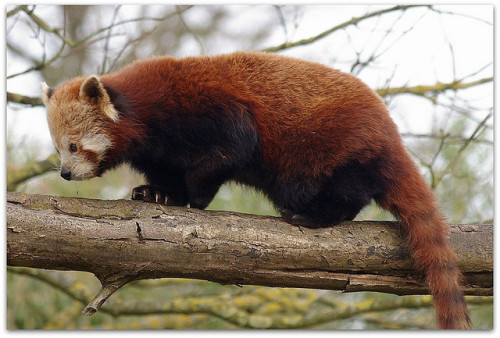#wild souls
Guess what?! We have new merchandise for you! There are an assortment of items and we will be adding more frequently. The best part!? 10% of what you buy on each item will be donated back to the World Wildlife Foundation. To see what is in stock, visit here.
Red Panda
The red panda is the only of its genus. It is related to the common Giant panda, however, very distantly. The red panda is more closely related to the genus, Musteloidea, but because of its many differences, it belongs in its own family called, Ailurus.
The red panda, like the giant panda, eats bamboo. However, with the red panda being a omnivorous, it also eats insects, eggs, and small mammals. The red panda also differs from the giant panda in size where it is about the size of a house cat.
These animals are not only solitary within their species, they also have a very independent personality and behavior. Red pandas rarely interact with each other red pandas with the exception of mating season.
These solitary little guys spend most of their time in tree tops within Central Asia and the Himalayan mountains. Their 18 inch tails wrap around their bodies to keep warm in the cold temperature.
With deforestation being the animal’s biggest threat, only about 10,000 of them are left in the wild. In china the panda’s biggest threat is hunting and poaching because of the high demand for the fur on their tails.
To find out how you can help by donating or adopting a red panda visit here.
Photo by: Molly via Flickr.
Post link

